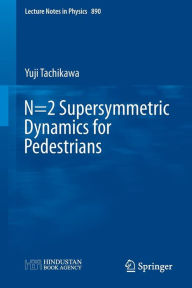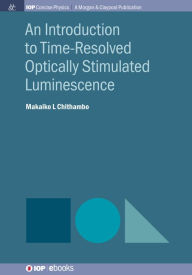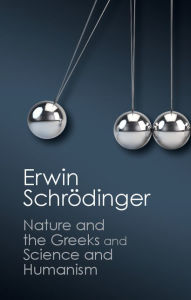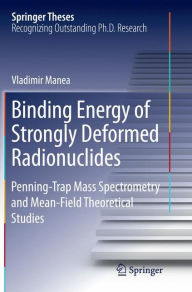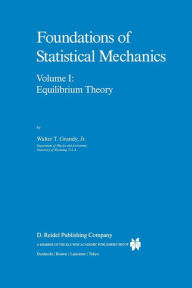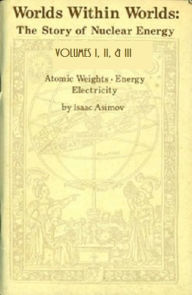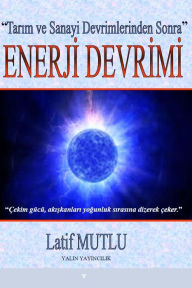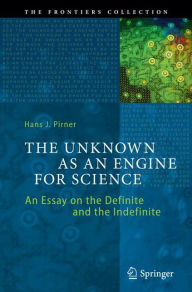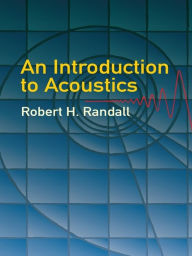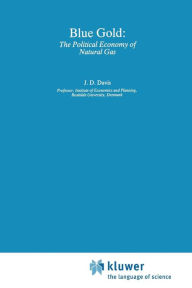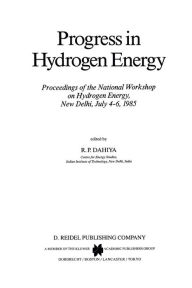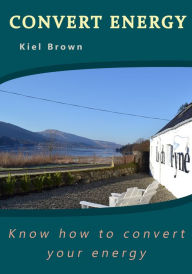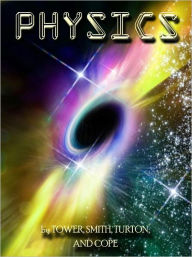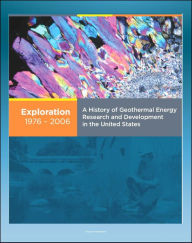Nuclear Condensed Matter Physics: Nuclear Methods and Applications
by Günter Schatz
2020-07-24 04:32:13
Nuclear Condensed Matter Physics: Nuclear Methods and Applications
by Günter Schatz
2020-07-24 04:32:13
The investigation of the properties of condensed matter using experimental nuclear methods is becoming increasingly important. An extremely broad range of techniques is used, including the use of particles, such as positrons and neutrons, ion beams, ...
Read more
The investigation of the properties of condensed matter using experimental nuclear methods is becoming increasingly important. An extremely broad range of techniques is used, including the use of particles, such as positrons and neutrons, ion beams, and the detection of radiation from nuclear decays or nuclear reactions. Nuclear Condensed Matter Physics: Nuclear Methods and Applications is the only book to provide a comprehensive coverage of the nuclear methods used to study the properties of condensed matter. It covers all the key techniques, including the Mossbauer effect, perturbed angular correlation, muon spin rotation, neutron scattering, positron annihilation, nuclear magnetic resonance and ion beam analysis. Numerous examples are given throughout the text to illustrate how each of the experimental methods is used in modern condensed matter physics, and practical details concerning instrumentation are included to help the reader apply each method. Nuclear Condensed Matter Physics: Nuclear Methods and Applications is an invaluable textbook for graduate students of condensed matter physics and chemistry, and is of great interest to those studying materials science and applied nuclear physics. It is also a key reference source for more experienced researchers in these and related fields, including nuclear and condensed matter physicists and solid state and inorganic chemists.
Less








